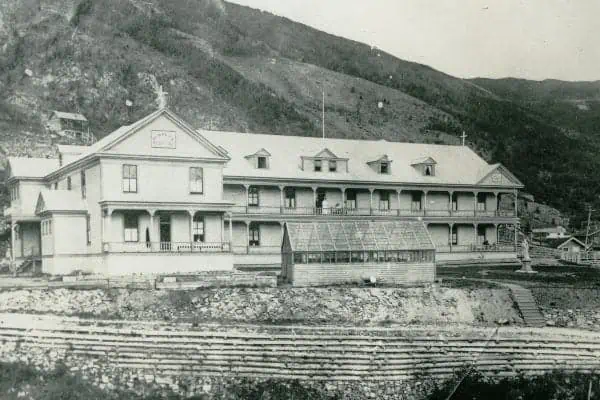Back in the late 1800s, Dawson City was the most-populated northern town, the “Paris of the North.” The famous Klondike Gold Rush started in 1896, when gold was found at Bonanza Creek. Within a few years, about 100,000 prospectors, miners, prostitutes, wives, children and others travelled the world, passing frozen rivers and mountains, to settle in the Dawson area, hoping to make a fortune.
According to Dawson’s website, most gold rush participants did not find gold, but they did earn some adventure.
Nowadays, there is no gold rush, as such, but gold mining and explorations are still thriving.
Day 1 – Dawson City
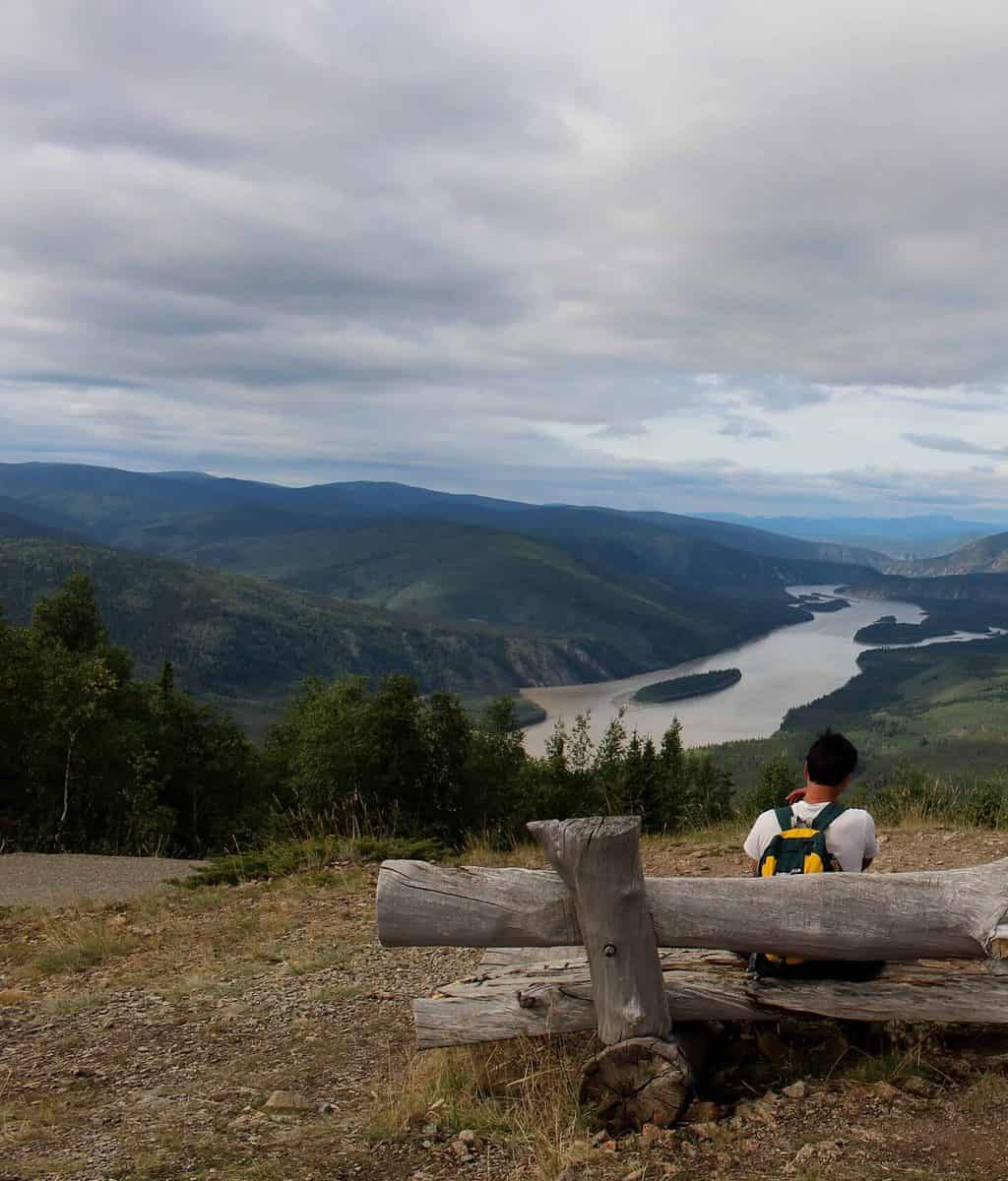
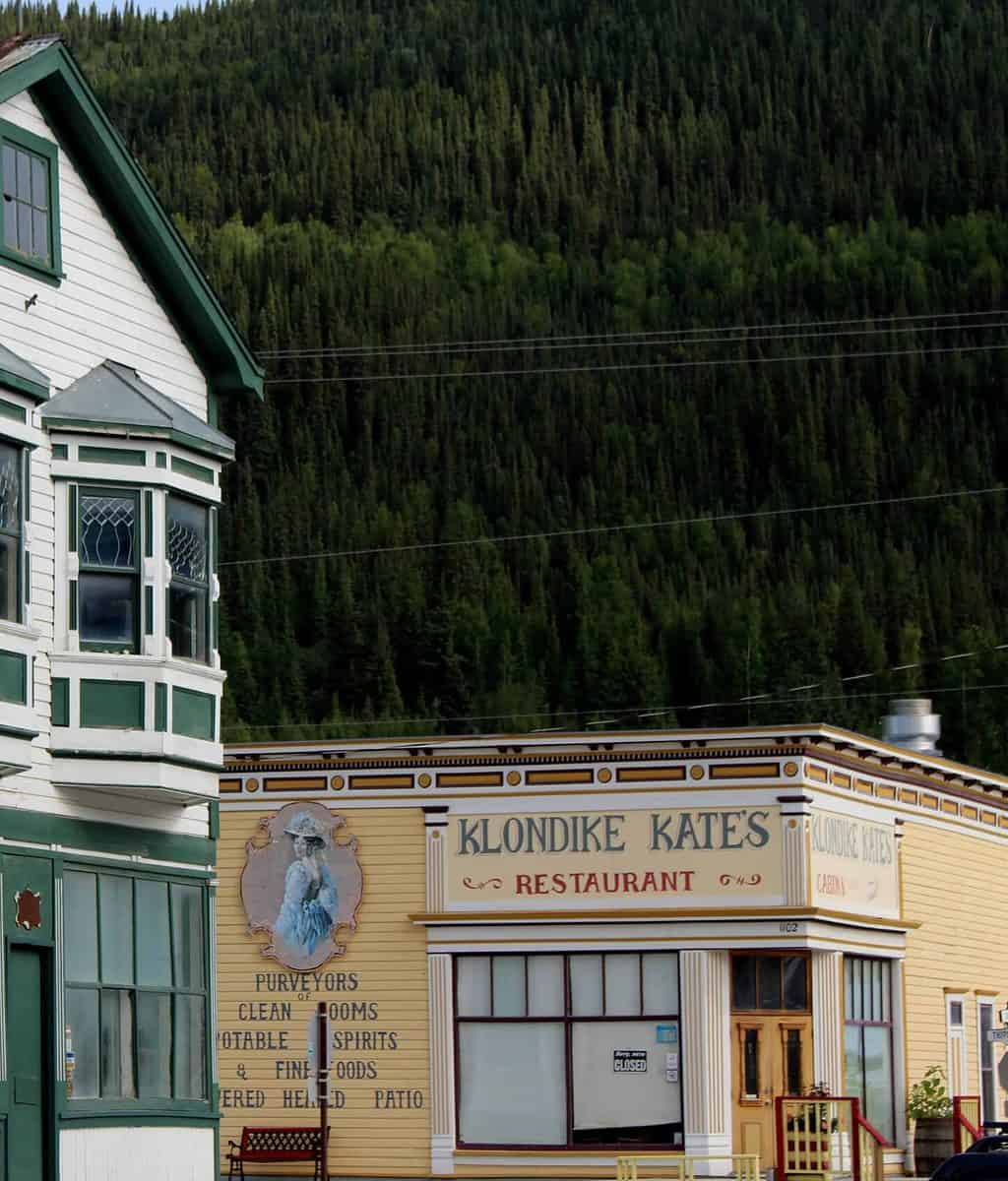
To visit Dawson, your first stop can be the Visitor Information Centre (VIC), open daily from 8 a.m. to 8 p.m. from May 1 to September 30. They offer guided tours of the city center, as well as activities and advice.
Have you heard of Jack London? He is the author of White Fang, Call of the Wild and other stories. He spent a year in the Klondike, back in 1897, to mine and write. The museum about his life and writings, which includes short film screenings, is located in Dawson City. You can enjoy Jack London Museum by yourself or ask the VIC to open the cabin. Some interactive presentations are organized at the museum during weekends.
Enjoy a bite to eat at BonTon & Company and enjoy the local produce or any of the other cafés or restaurants of your choice before hiking the Midnight Dome Trail. The hike is about five miles long, with a 1,700-foot gain in elevation—the “price” for a fantastic view of the city and surrounding wilderness. While it is a popular hike, don’t forget to make some noise and bring your bear spray. Trust me, grizzlies are frequently spotted on the trail.
The trailhead is located between Ninth Avenue Trail and King Street. There are several ways to make it to the top (ask for a map at the VIC).
In the evening, Canada’s oldest casino, Diamond Tooth Gerties, opens its doors for gambling and can-can dancing. And be sure not to miss the famous Sourtoe Cocktail at the Sourdough Saloon! Not just a rough story, from the 1920s, of rum-runners; it is a true “pickled” human-toe experience … so, remember, “You can drink it fast, you can drink it slow, but your lips have gotta touch the toe.” Enjoy!
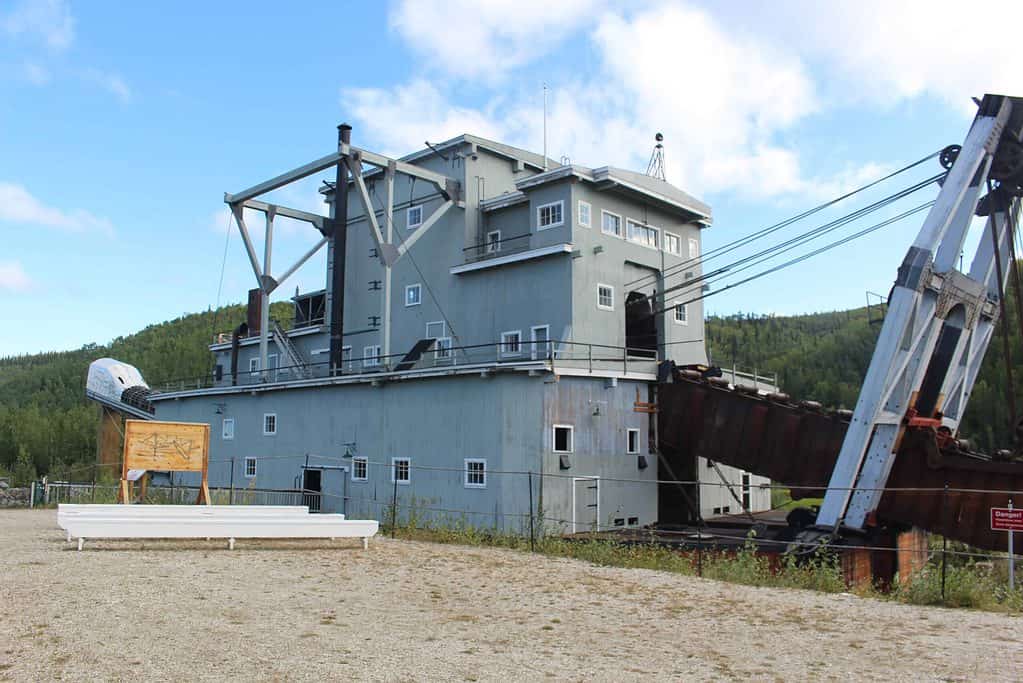
Day 2 – Dredge No. 4
The first miners mined for gold by hand, but some investors and companies wanted a more-efficient way to extract the precious ore.
Described as the “gravel-eating eight-storey monster dredge,” this impressive machine stands 18 metres high. Dredge No. 4 was built in 1912 and continued working in permafrost until 1966. It used the previously assembled hydroelectric power stations, which provided enough energy for all of the dredges, as explained by Parks Canada on their website.
Just outside the city, you can visit the digging vessel and gain a better sense of mining, during this “golden time,” and its impact. Tours can be booked at the VIC.
If you prefer gold-panning, you can give it a try at Free Claim #6. Any gold found can be kept!
Days 3 and 4 – Tombstone Territorial Park Hiking Trip
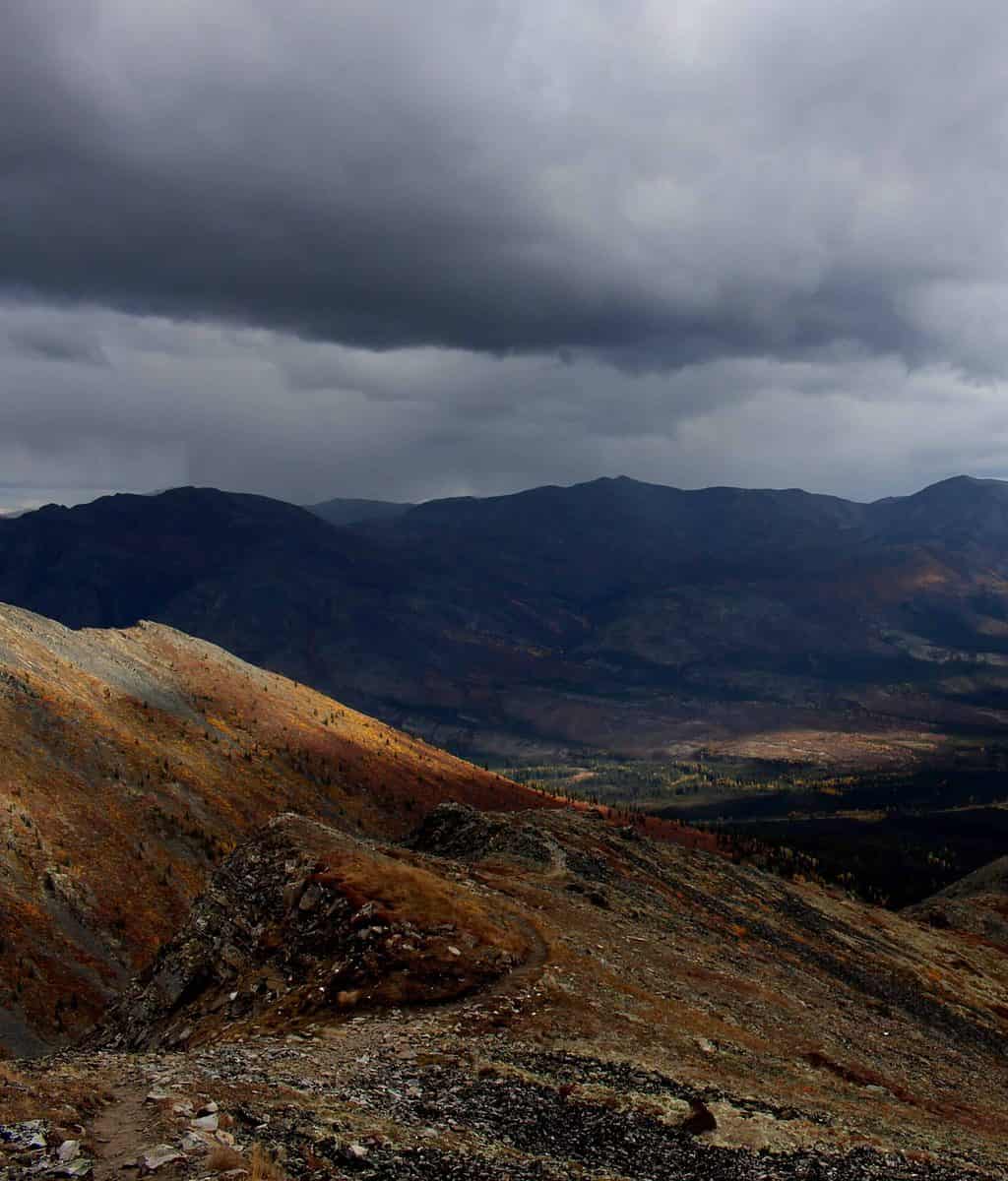
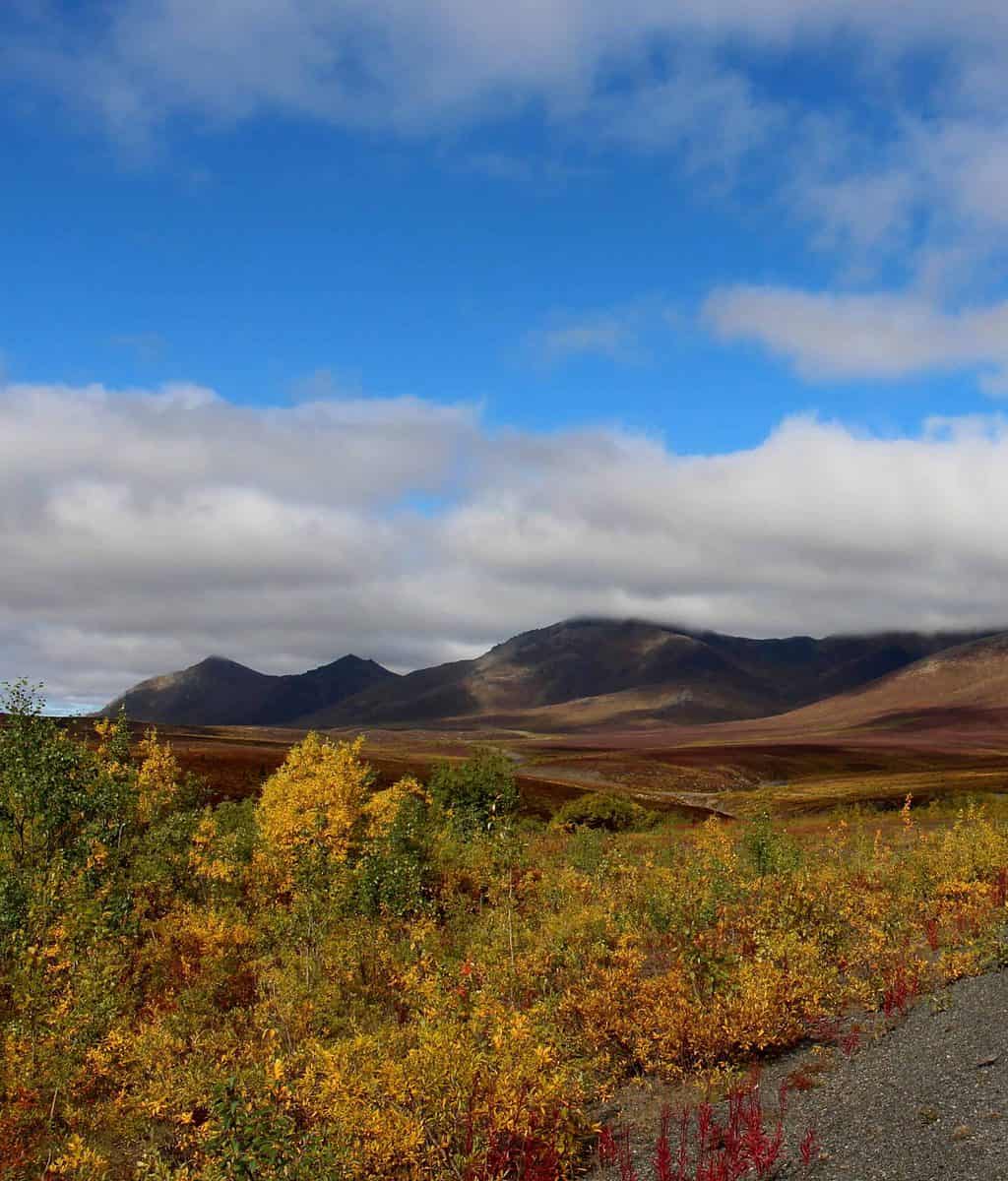
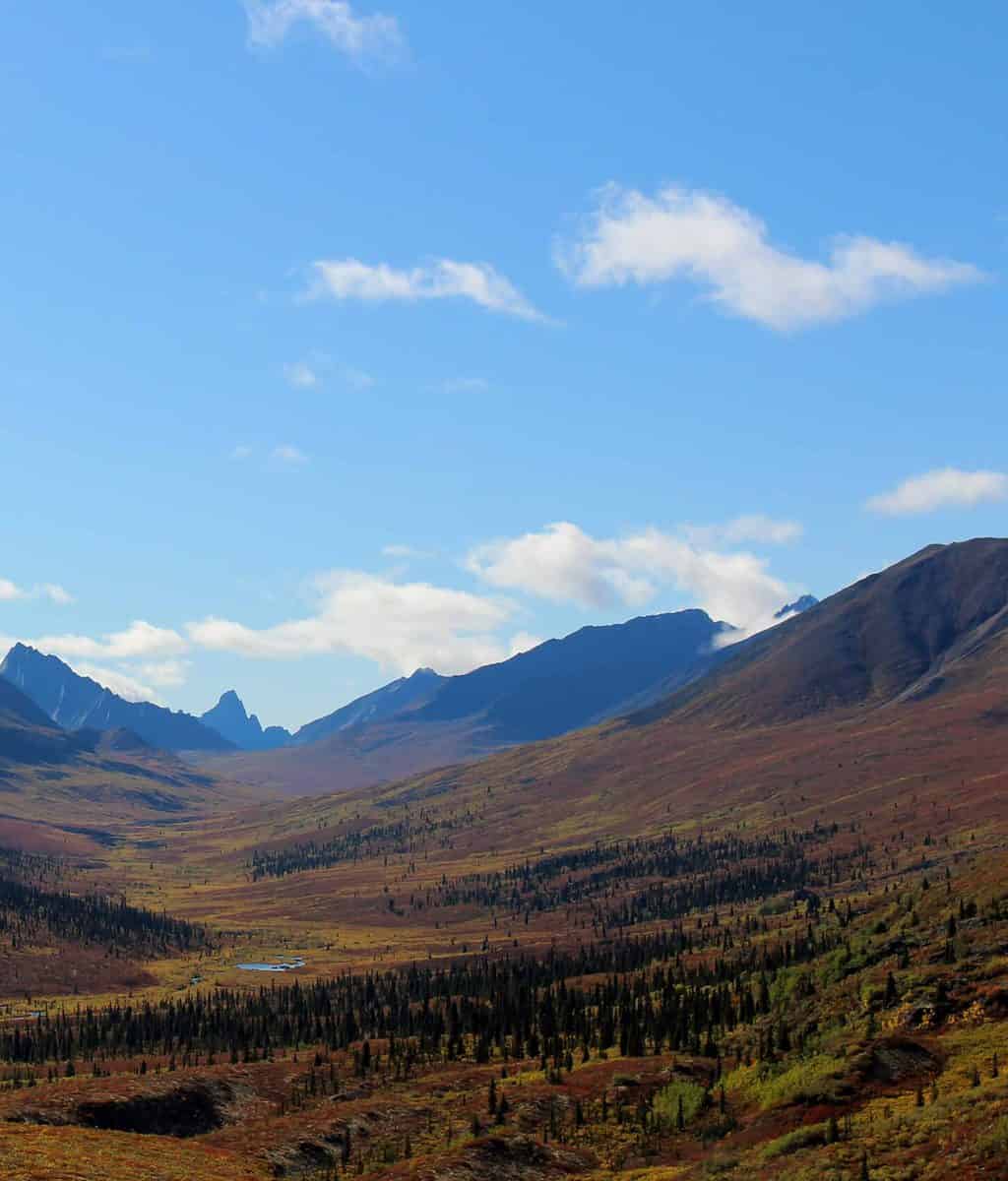
About 70 miles north of Dawson, using the rough Dempster Highway (bringing a spare tire is no luxury), Tombstone Territorial Park is 2,200 square kilometres of untouched beauty.
Before leaving Dawson City, make sure to have plenty of food and gas with you, as you won’t have any facilities (including cell service) in the park. You can camp on a road-accessible campground at Tombstone Mountain, or get a permit for backcountry camping.
First, you can stop at the Tombstone Interpretive Centre to get information about weather conditions and hikes in the area. Books and documents are available for the public about the ecosystem. Hot wild tea is also prepared by the lovely team for cold days!
One of the most-popular hikes is the Goldensides Mountain hike—about 4 kilometres (quite an easy walk), and the view of the mountains and ridges to the west is pretty amazing.
To enjoy the rocky peaks, the Grizzly Lake route is a good one. You can camp overnight and continue your journey the next day to the Divide and Talus lakes.
If you prefer not to see humans during your hike—go wild! Choose a peak and just follow an animal path. One that I enjoy is Rake Mountain. You can park at km 90 and follow the horse track on your left, coming from the VIC. You can go as far as you want: there is no tree to obstruct your view, but be prepared for all weather. It can get pretty windy at the top.
To keep enjoying nature in the long run, make sure to leave no trace and to stay on marked or wild trails, to avoid squashed flora.
And if you have a few more days and are eager to see more wildlife, dramatic tundra and mountain landscapes, head to the Arctic Circle. From there you can continue to the Northwest Territories or return to Dawson City. A food, sleep, and gas break is available midway, at Eagle Plains.



